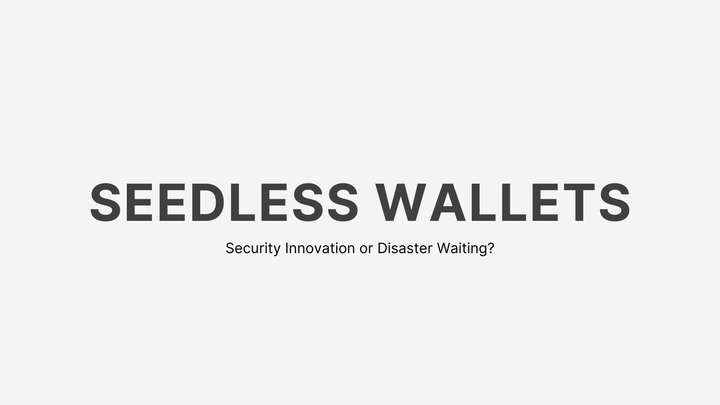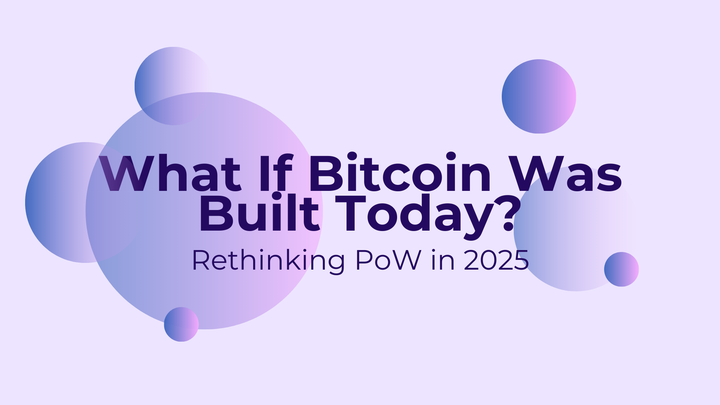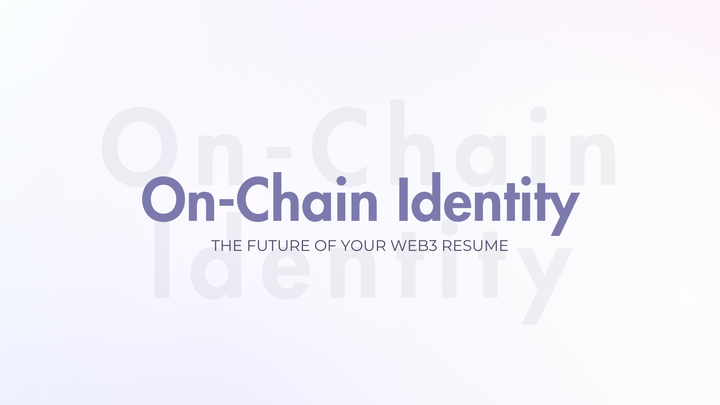Green Crypto Initiatives: Addressing Environmental Concerns in Blockchain

Each year, blockchain’s energy appetite makes headlines—from Bitcoin’s massive electricity draw to Ethereum’s shift away from energy-intensive mining. Yet, the industry is rapidly innovating, with projects, protocols, and policies aligning around green crypto. Below is an interactive, conversational deep dive into how the blockchain space is tackling its environmental footprint through energy-efficient consensus, carbon offsets, and green tokens, plus case studies of trailblazing initiatives. Ready to explore? Let’s go!
Introduction: Why “Green Crypto” Matters
Blockchain’s promise—immutable, decentralized finance and distributed applications—often comes at an environmental cost. Traditional Proof of Work (PoW) networks, most notably Bitcoin, consume energy at levels rivaling small countries Financial News London. With global concern over carbon emissions mounting, enthusiasts and skeptics alike ask: Can blockchain be sustainable?
This article will cover:
- Energy-Efficient Consensus Mechanisms (e.g., Proof of Stake)
- Carbon Offsetting & Renewable Energy initiatives
- Green Tokens as incentives for sustainability
- Case Studies of leading “green” blockchains and projects
Throughout, you’ll find links to our Glossary—for example, check out our entries on Proof of Stake, Proof of Work, and Green Token—plus internal links to relevant Blockchain Foundations content.
1. Energy-Efficient Consensus Mechanisms
1.1 From PoW to PoS: A 99%+ Energy Cut
The shift from PoW to Proof of Stake (PoS) has been revolutionary. When Ethereum completed “The Merge” in September 2022, it slashed its energy use by over 99% by replacing mining with staking Investopedia. PoS selects validators based on their stake—removing the need for competitive, power-hungry mining hardware.
Question: Have you checked your favorite dApp’s network stats? If it’s still on PoW, you might be contributing to higher carbon emissions!
1.2 Beyond PoS: DPoS, PoA, and Emerging Models
Delegated Proof of Stake (DPoS) and Proof of Authority (PoA) further reduce resource requirements by limiting who can validate blocks ClockB. Other experimental models—Proof of Space-and-Time (as used by Filecoin) and Proof of Burn—offer novel tradeoffs between security and environmental impact.
Tip: Our Glossary: Consensus Mechanisms explains each of these in detail.
2. Carbon Offsetting & Renewable Energy Initiatives
2.1 Crypto Climate Accord & Renewable Power
The Crypto Climate Accord is an industry-wide pledge to power 100% of blockchain infrastructure with renewables by 2030 Hedera. Backed by major firms, it mirrors the Paris Agreement’s goals, channeling renewable energy certificates and direct investments into wind, solar, and hydro projects.
2.2 Carbon Credit Trading on Blockchain
Blockchain enhances carbon markets by ensuring transparency and traceability. Platforms like Toucan Protocol and KlimaDAO tokenize carbon credits, allowing instant, auditable retirements of carbon offsets—combating fraud in traditional registries Medium.
Interactive Poll: Would you trust a blockchain-backed carbon registry over a traditional system? Share your thoughts in the comments!
3. Green Tokens & Sustainable Incentives
3.1 What Are Green Tokens?
Green tokens are digital assets explicitly tied to environmental outcomes—like forest conservation or clean energy funding. By using blockchain’s immutability, they guarantee that each token corresponds to a verified eco-project Medium.
3.2 Real-World Examples
- SolarCoin rewards solar energy producers with coins for each MWh generated.
- Power Ledger’s POWR token underpins peer-to-peer energy trading, enabling communities to buy and sell surplus renewable power MinovaEdge.
- Greenercoin (GNC) runs on zero-carbon validators to ensure minimal energy use while funding environmental projects GreenerCoin.
🔗 Check our deep dive on Green Tokens for more.
4. Case Studies: Projects Leading the Way
4.1 Hedera Hashgraph: Carbon-Negative Ledger
Hedera goes beyond net-zero: they’ve purchased over 2.3 million tons of carbon offsets, making the network carbon-negative since 2021 Hedera. Their proof-of-stake approach and enterprise partnerships showcase how DLT can align with ESG goals.
4.2 Polygon’s Sustainability Fund
Polygon allocated $20 million to a Sustainability Fund, supporting eco-friendly projects on its network—from carbon offsetting to innovating energy-efficient smart contracts simple.app.
4.3 UNDP’s Green Tokens Pilot in the Balkans
In North Macedonia and Montenegro, a UNDP-backed pilot uses a reward-based token system to promote recycling and eco-transit, demonstrating how green tokens can shift public behavior Innovation Community Platform.
Conclusion: Your Role in a Sustainable Blockchain Future
Blockchains can—and must—be part of the climate solution. From adopting Proof of Stake to leveraging green tokensand renewable energy, the industry is rewiring itself for sustainability.
Practical Takeaways:
- Favor PoS or hybrid chains when choosing DeFi platforms.
- Explore green tokens to directly support environmental projects.
- If you develop dApps, consider integrating carbon offsets via on-chain registries.
Thought-Provoker: How will decentralized governance evolve to prioritize long-term planetary health over short-term gains?
Ready to dive deeper? Check out our Blockchain Foundations courses, explore our Mitosis Core technical guides, and join our Telegram chat for weekly eco-crypto updates. Together, we can build a greener, cleaner decentralized future.
Internal Links
- Liquidity TVL Glossary
- Expedition Boosts
- Straddle Vault
- Mitosis University
- Mitosis Blog.
- Mitosis Core: Liquidity Strategies.
References
- Bitcoin’s energy use exceeds that of Poland: Financial News London
- Ethereum’s PoS cut 99% energy use: Investopedia
- Blockchain for sustainability overview: Blockchain AI Solutions
- Green tokens defined and use cases: Medium
- ScienceDirect study on green blockchain: ScienceDirect
- RapidInnovation on sustainable blockchain: Rapid Innovation
- Hedera’s carbon-negative status: Hedera
- Simple.app on eco-friendly blockchain: simple.app
- UNDP Green Tokens pilot: Innovation Community Platform
- Ecofreek on industry growth: EcoFreek - Small Changes, Big Results.
- Greenercoin low-energy validators: GreenerCoin
- Bravenewcoin on supply chain transparency: Brave New Coin
- PWC on blockchain’s environmental impact: PwC
- Reuters on green tech ICOs: reuters.com
- OSL on carbon-neutral cryptocurrencies: osl.com



Comments ()